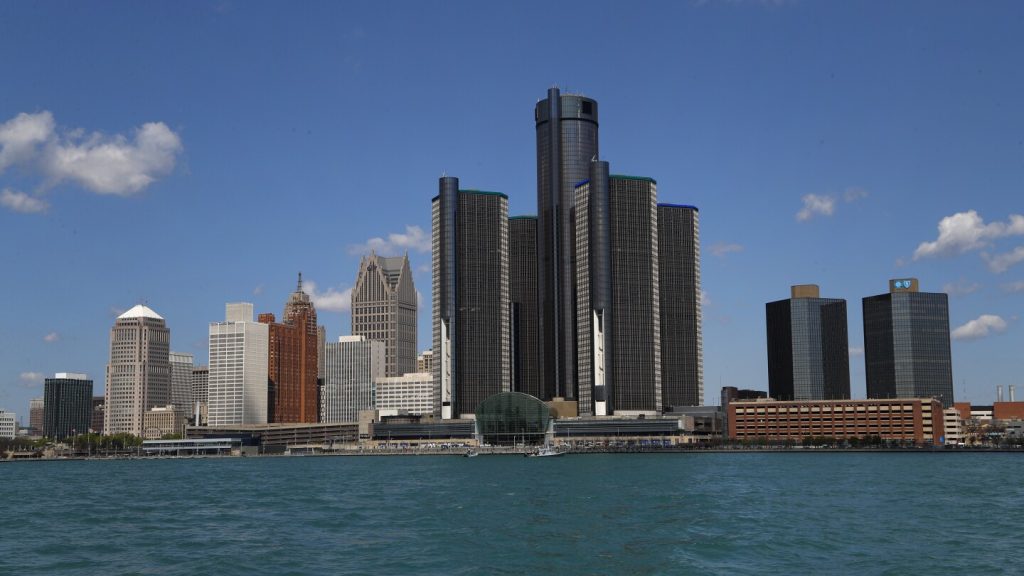America’s Northeast and Midwest cities are seeing a slight rebound in population growth, with Detroit being the most notable example. After decades of decline, Detroit saw a small increase in its population for the first time in years. This is a significant milestone for a city that has struggled with population loss since the 1950s. Factors contributing to this growth include suburban white flight, a race riot in 1967, migration to the suburbs, and a national economic downturn that led to a bankruptcy filing in 2013.
While some cities in the Northeast and Midwest experienced modest reversals in population declines, the South continues to dominate the nation’s growth. The U.S. Census Bureau estimates show that 13 of the 15 fastest-growing cities in the country were in the South, with Texas leading the way. Cities like San Antonio, Fort Worth, and Charlotte saw significant population growth, driven in part by rising housing costs and the increased opportunities for remote work.
Several major cities that have been losing residents in recent years managed to slow down their population declines. New York City, Los Angeles, Chicago, and San Francisco saw a decrease in the number of departing residents, indicating a stabilization in their populations. New York City remains the largest city in the U.S., followed by Los Angeles and Chicago. Houston, Phoenix, and Philadelphia also rank among the top 10 largest cities in the country.
For Detroit, the recent population growth is a sign of slow but steady progress and growing confidence in the city. Initiatives like tackling the city’s blight problem and investing in infrastructure improvements have contributed to this positive trend. The city’s economy has been supported by the resurgence of manufacturing jobs and other industries, attracting more residents to move back into the city. However, there have been discrepancies between Detroit’s population counts and the estimates provided by the Census Bureau, leading to legal challenges and appeals by the city.
The recent success of Detroit can be attributed to a combination of factors, including revitalization efforts, job creation, and increased confidence in the city’s future. Mayor Mike Duggan has been instrumental in leading these initiatives, focusing on improving city services, removing blight, and attracting new residents. The city’s recent hosting of the NFL draft, which set attendance records, is a testament to Detroit’s resurgence and growing appeal as a vibrant urban center.
As Detroit continues to see positive growth and development, it serves as a model for other cities looking to revitalize their communities and attract new residents. The city’s journey from decline to growth reflects a broader trend of urban renewal and population shifts across the country. By addressing longstanding challenges, investing in infrastructure, and fostering economic opportunities, cities like Detroit are proving that resilience and innovation can lead to a brighter future for all residents.


